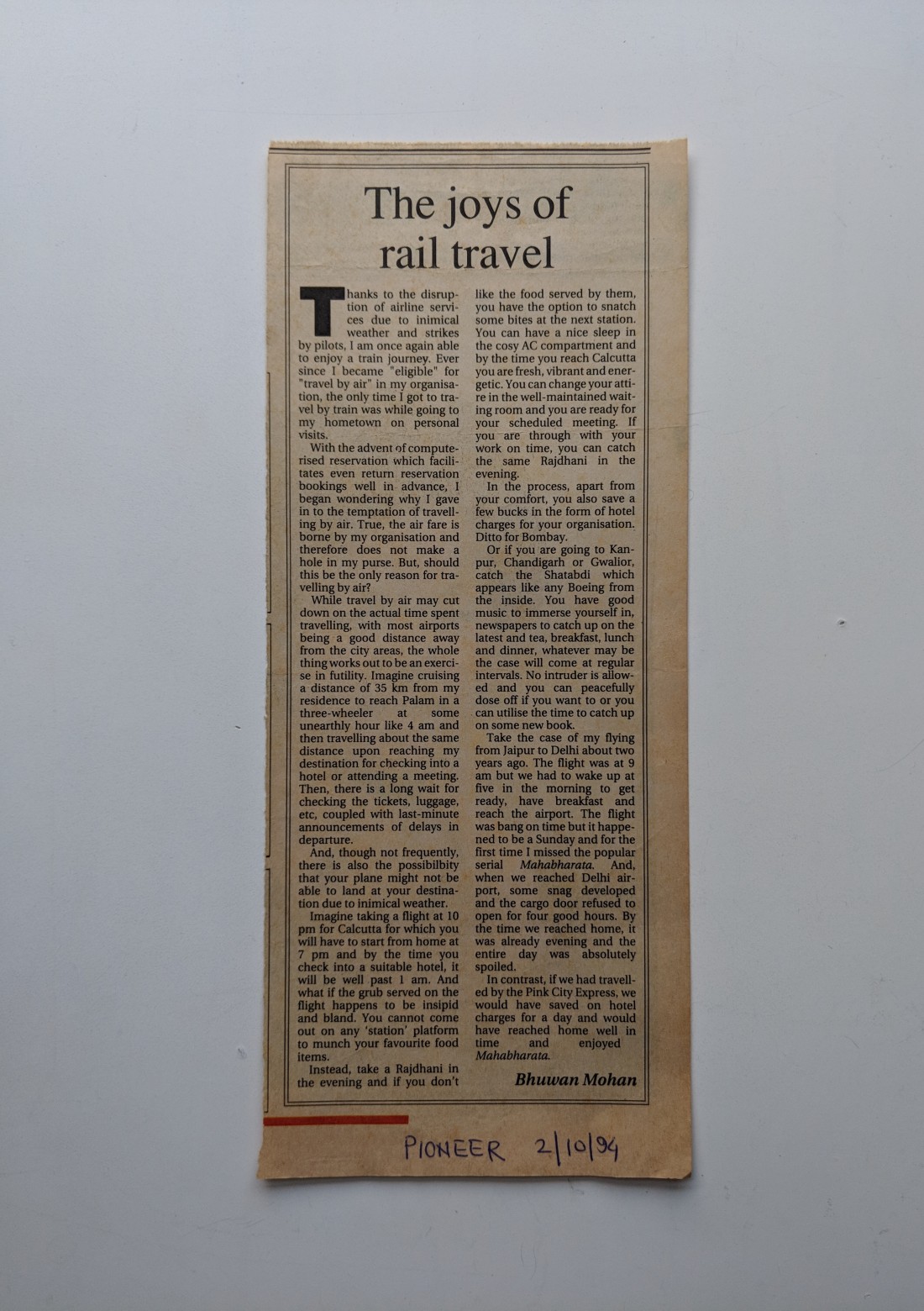
Have you ever put on minimum of clothes and let cool breeze caress the skin? Those who have experienced it, must have felt an exhilarating and energising experience. In fact, human beings are the only ones who keep their skins covered all the time with clothes and deprive themselves of the contact with refreshing air.
For the health of the skin as well as for the general health, it is essential to occasionally expose one’s skin to direct air, especially when the season is not cold. This is called air bath and it not only helps in toning up the skin but it has also been observed that various serious diseases respond well to regular ‘air bath’, if taken daily.
It should be noted that one third of the nerves of the body end upon the skin and air bathing has a very beneficial effect on them. Air bath relaxes the nerves. By its relaxing effect, it improves practically every function of the body.
Along with the lungs, intestines and kidneys, skin is one of the most important secretory organ. Through perspiration, it eliminates liquid waste matter. In case the skin is sluggish and not working properly, other secretory organs, particularly kidneys, have to overwork in removing the liquid waste matter from the body, thereby affecting kidneys in the long run. Those who suffer from kidney disorders are greatly helped by taking air bath as this energises the skin and relieves the kidneys.
Further, the skin is also a respiratory organ and an apparatus for controlling our internal warmth. Not only our lungs but also all the pores of the skin inhale fresh air constantly and supply oxygen to our blood. Thus, a healthy skin does not force the lungs to over-exert themselves.
Air bath should be taken when air is comfortably cool and enjoyable. If the air is very cold and the person starts shivering, he will only be harming himself.
In summer, air bath can be taken early in the morning or in the evening or even at night, when the breeze is enjoyably cool. In winier, ii should be taken a little later In the day, when the air is not very cold.
Air bath should be taken when a soft breeze is blowing, so that one can feel the ‘embrace’ of the air. If the air happens to be still, to get the desired results the person should either walk vigorously or apply some slight friction over the skin by rubbing the body with his own hands.
During the air bath, one should have least clothes on the body, only that much which are barely needed so that air can play upon the skin and stimulate it. Whatever clothes are worn should be made of cotton, loosely woven and preferably white or light loured so that even the covered portion of the body is not deprived of fresh air and natural light.
Air bath may be taken for as long a time as may be convenient. FLftecn to thirty minutes at a time should be sufficient. It should be followed by a regular bath in water so that dust particles falling on the skin arc removed. If one cultivates the habit of living in the midst of plenty of fresh air, right from childhood, the body will become strong and the person will never suffer from cold and such ailments. Infants should be allowed to play in fresh air, naked.
Only in the beginning one may feel a little cold while air bathing but soon warmth returns as the rate of blood circulation increases. If possible, it is better to take air bath by the side of river, pond or a sea coast where the air is pure and cool. A water bath can be ely enjoyed also.
Air bathing has several other benefits. The mind becomes pure and calm. In a state of anger, it cools down the affected person and makes the blood pressure normal. Besides, it relieves the tension the nerves and makes them strong and healthy.
Published in PROUT on December 15, 1990.







